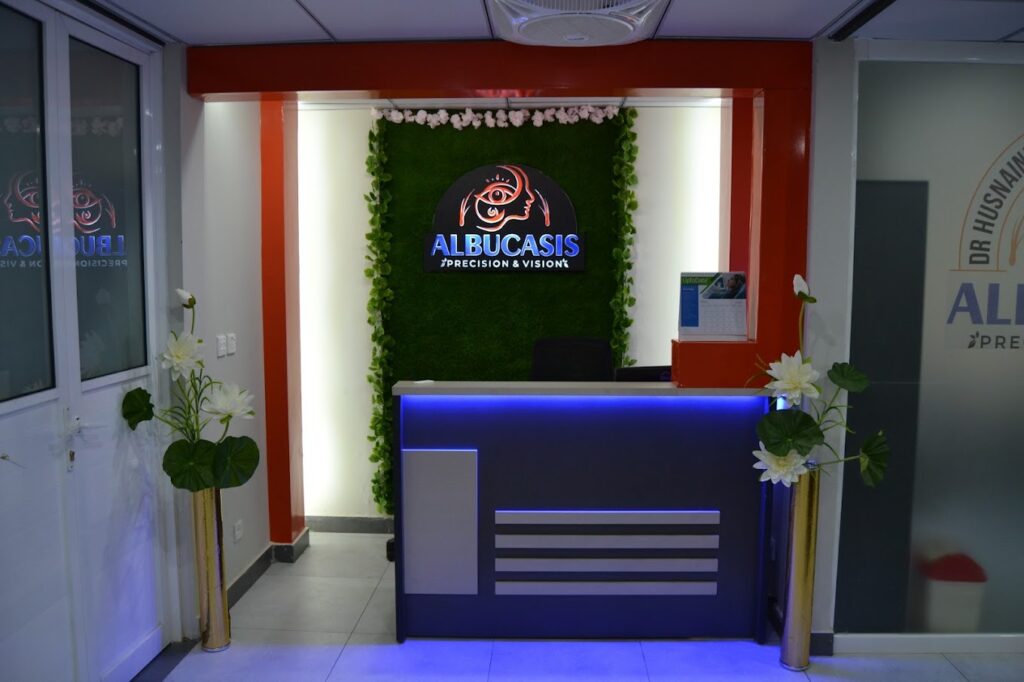Liposuction: A Comprehensive Guide
Liposuction is a popular cosmetic surgery designed to remove excess fat from specific areas of the body. This procedure targets stubborn fat deposits that do not respond to diet and exercise, helping individuals achieve a more toned and contoured appearance. Liposuction is one of the most commonly performed cosmetic surgeries globally, offering both aesthetic and psychological benefits.
Ideal Candidates for Liposuction
Ideal candidates for liposuction are individuals who:
- Are at or near their ideal body weight but have localized fat deposits that don’t respond to diet or exercise.
- Have good skin elasticity and muscle tone.
- Are in good overall health with no underlying medical conditions that could hinder the healing process.
- Have realistic expectations and understand that liposuction is not a weight-loss solution but a body contouring procedure.
Liposuction is not recommended for individuals with certain health conditions such as heart disease, poor circulation, or blood clotting disorders.
Why Do You Need Liposuction?
Liposuction is often sought by people who wish to remove excess fat from specific areas of their body, enhancing their overall appearance. Some common reasons for undergoing liposuction include:
- Targeted Fat Removal: For areas where fat is resistant to diet and exercise, such as the abdomen, thighs, arms, or chin.
- Body Contouring: To achieve a more sculpted or toned body by removing localized fat deposits.
- Boosting Self-Esteem: Individuals who are dissatisfied with their appearance due to stubborn fat can feel more confident after the procedure.
Types of Liposuction
There are several types of liposuction techniques, each suited to different needs and goals:
- Tumescent Liposuction: The most common form, where a solution of saline, adrenaline, and local anesthetic is injected into the treatment area to help remove fat and reduce swelling.
- Ultrasound-Assisted Liposuction (UAL): Uses ultrasound energy to liquefy fat before it’s removed, making it easier to extract.
- Laser-Assisted Liposuction (SmartLipo): Uses laser energy to break down fat cells, which are then suctioned out. This method is less invasive than traditional liposuction.
- Power-Assisted Liposuction (PAL): Uses a motorized cannula that vibrates to loosen fat, making the fat removal process more efficient.
- Water-Assisted Liposuction (WAL): Utilizes a gentle spray of water to help dislodge fat and improve precision during the procedure.
The Procedure of Liposuction
Liposuction is typically performed under general or local anesthesia, depending on the extent of the procedure. The steps generally include:
- Consultation: The surgeon discusses your goals, evaluates your body, and determines the appropriate liposuction method.
- Marking the Treatment Areas: The surgeon marks the areas where fat will be removed.
- Incisions: Small incisions are made in discreet areas to minimize scarring.
- Fat Removal: A cannula (thin tube) is inserted through the incisions to suction out excess fat.
- Recovery: After the procedure, patients are given compression garments to help reduce swelling and support the treated areas. Recovery time typically varies, but most patients can return to normal activities within a week or two.
What Are the Benefits of Liposuction?
Liposuction offers several advantages, including:
- Body Contouring: Liposuction helps to remove stubborn fat and create a more sculpted, toned body shape.
- Improved Self-Confidence: Many patients experience a significant boost in self-esteem and satisfaction with their appearance after the procedure.
- Minimal Scarring: Due to the small size of the incisions, liposuction usually leaves minimal, barely noticeable scarring.
- Long-Term Results: If a patient maintains a healthy lifestyle, the results of liposuction can be permanent.
Limitations of Liposuction
While liposuction is effective, there are limitations to consider:
- Not a Weight-Loss Solution: Liposuction is not designed for major weight loss but rather for body contouring.
- Skin Laxity: If the skin lacks elasticity, it may not shrink back tightly after fat removal, leading to sagging or uneven skin.
- Possible Need for Multiple Sessions: In some cases, achieving the desired result may require more than one session, especially if treating larger areas.
What Are the Risks of Liposuction?
As with any surgery, liposuction carries certain risks, including:
- Infection: There is a risk of infection at the incision sites.
- Blood Clots: Although rare, blood clots can form after surgery.
- Nerve Damage: Temporary or permanent changes in sensation in the treated areas.
- Fluid Imbalance: Large volumes of fat removal can cause changes in body fluid balance, which can be dangerous.
- Scarring: Although small, some scarring is inevitable, and in some cases, it can be more noticeable. To minimize risks, it is essential to consult with a best plastic surgeon in Islamabad and Rawalpindi who is highly experienced in liposuction procedures.
Cost of Liposuction
The cost of liposuction can vary depending on several factors, including the surgeon’s expertise, the area being treated, and the type of liposuction technique used. In Pakistan, the cost typically ranges from PKR 80,000 to PKR 300,000 or more. It’s essential to consult with a qualified surgeon to obtain a personalized estimate based on your treatment needs. Choosing a best plastic surgeon in Islamabad and Rawalpindi ensures that you receive safe, high-quality treatment, resulting in the best possible outcome.


